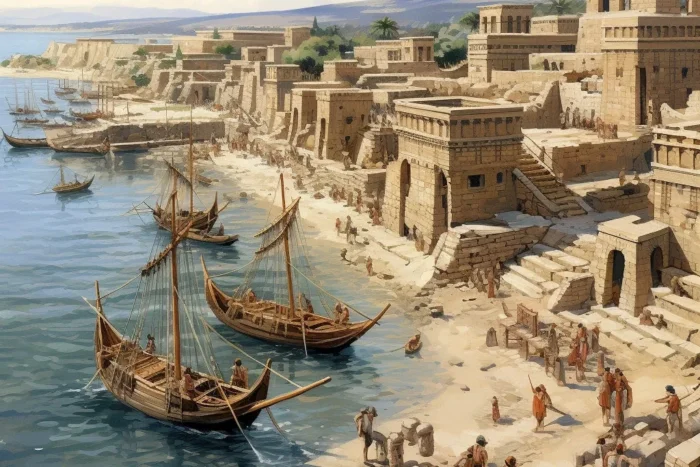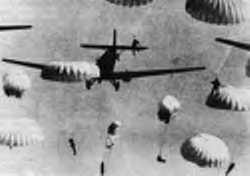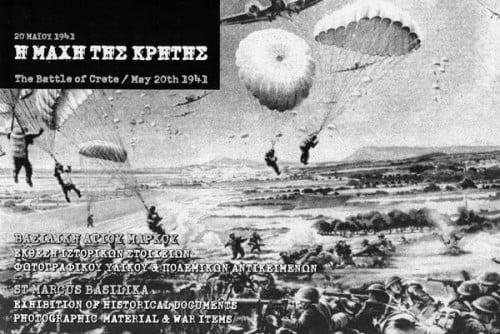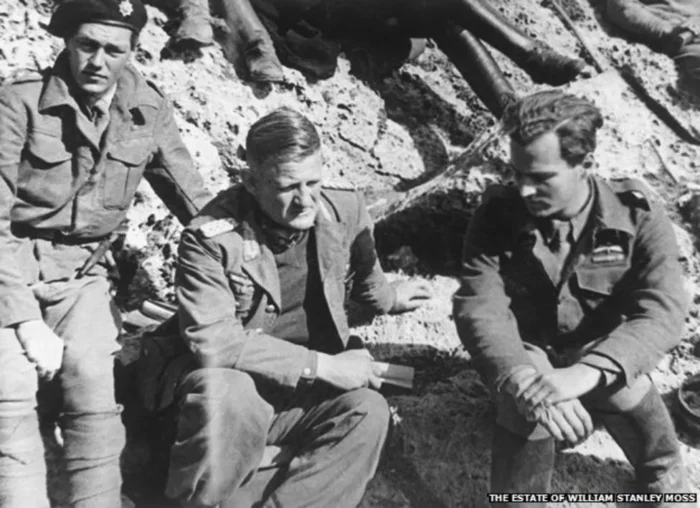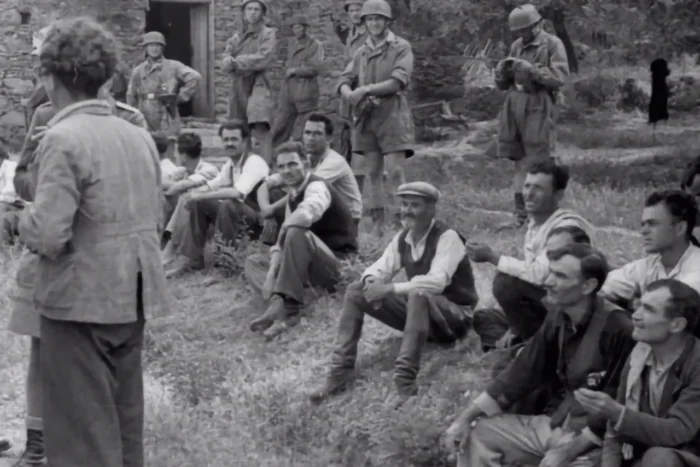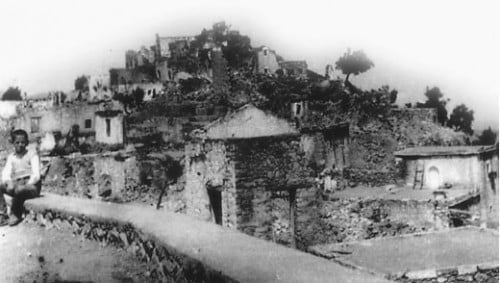Famous Visitors in the Labyrinth of Messara
The first foreign traveler to visit the Labyrinth in Gortyn and describe it as an ancient quarry of porous rocks was Cristophoro Bouondelmondi in 1415. In his works, “Description of the Island of Crete ,” Bouondelmondi confuses, like everyone else at the time, the Knossos Labyrinth with the “hypothetical” (as he calls it) Labyrinth in Gortyn. The same Gortyn, which was no longer the capital of Crete, he names it Knossos (noble city of Knossia ).
Following is his pertinent description of the Labyrinth:
“In the north, two miles away from the noble city of Gortyn , there is what today is believed to be the Labyrinth. The entrance is difficult to access initially then it widens. There is to the east a first corridor of two hundred steps. Another one with a northern direction seems to be endless. At least that’s what the locals claim. We observe many galleries, entangling one another and all of which seem to come back to the point where they begin . . .”
In 1680, the English traveler Bernard Randolph remained in the Labyrinth for one hour. He advanced less than 100 meters, which was the length of the yarn he used to keep from getting lost. He offers very few facts about the cave, but mentions encountering a large number of bats.
The French botanist Joseph Pitton de Tournefort explored the Labyrinth more thoroughly on July 1st, 1700. In his letter to the Royal Academy of Sciences in 1704, he refers to the cave analytically. He gave special attention to the recorded names and dates of visitors, even mentioning some of them.
Richard Pococke, the English cleric and traveler, makes a brief mention of the Labyrinth. He visited the cave in 1739 and walked almost its entirety.
French linguist and historian Claude-Etienne Savary‘s description is also quite brief. He visited the cave 40 years later in 1779. However, it is possible he never got as far as the “Altar Chamber.”
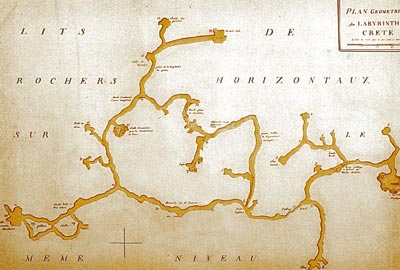
In October of 1783, two officers of the French army – Philippe de Bonneval, a warship captain, and Mathieu Dumas, an infantry officer – visited Crete on the order of Louis the XVI. Theirs was a clandestine mission – espionage – and its purpose was to gather information regarding the island’s forts and strongholds. The spies also sought to obtain knowledge of Crete’s military forces, as well as its government, population and economy. Along with their escort, they visited the Labyrinth and explored it in great detail. In their report to the King, they gave an incredible physical description of the cave, even providing its first map.
Then, in 1817, Austrian doctor and botanist Franz Wilhelm Sieber, together with the French consul de Vasse and his secretary, Laflechelle, visited the cave. Sieber, ignoring Bonneval’s and Dumas’ visit, mapped the Labyrinth in greater detail. He noted in his book that now no one can get lost. The consul’s secretary named all the chambers and corridors of the Labyrinth, and these were the names the Greek guides used.
Another brief description of the Labyrinth was offered by English traveler Charles Rochfort Scott, when he recorded his impressions from his visit to the cave in 1834.
Sometime later, Tomas Abel Brimage Spratt, an English captain (later an admiral) visited the cave with Captain H. M. Drumond. Using Sieber’s cartography, they traveled throughout the Labyrinth, and discovered that some of its areas were not mapped out.
The French geologist Felix-Victor Raulin visited the Labyrinth in August 17, 1845 , and made an extremely detailed presentation, including a historical retrospection of previous searches.
Among the last of the well known people to tour the Labyrinth and write about it was Dr. Iosif Hatzidakis, who visited the cave in 1881.
NOTE. This story comes from the book “The Labyrinth of Messara” by Kaloust Paragamian and Antonis Vasilakis.
Read more:
- The Labyrinth of Messara in Crete
- Working in the Labyrinth for the German Army in 1943
- The Interpreter for the German Army in the Labyrinth of Messara
- Famous Visitors in the Labyrinth of Messara
- Inscriptions on the Walls of the Cave
- Present and Future for the Labyrinth of Messara
© explorecrete.com All Rights Reserved. Reproduction or copying without permission is prohibited.

